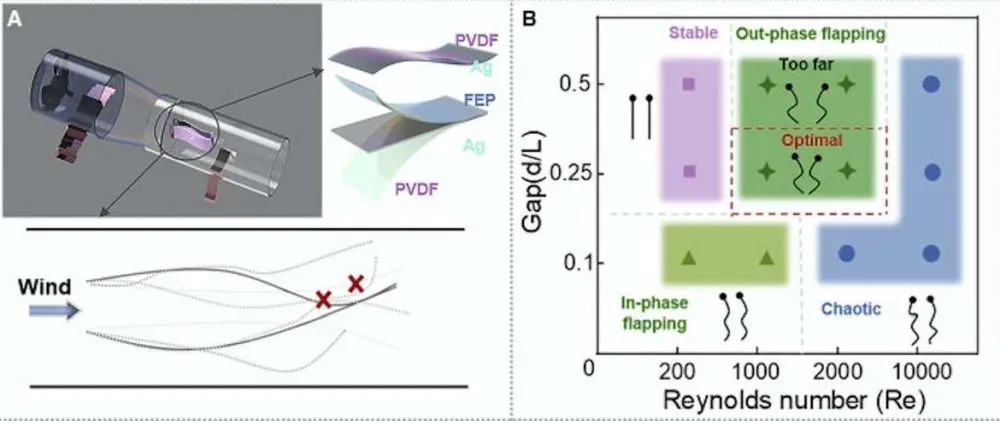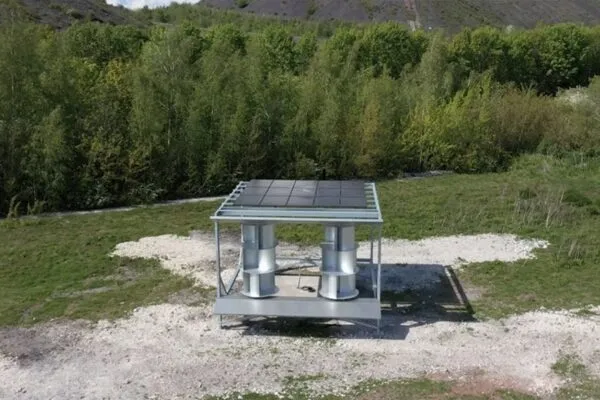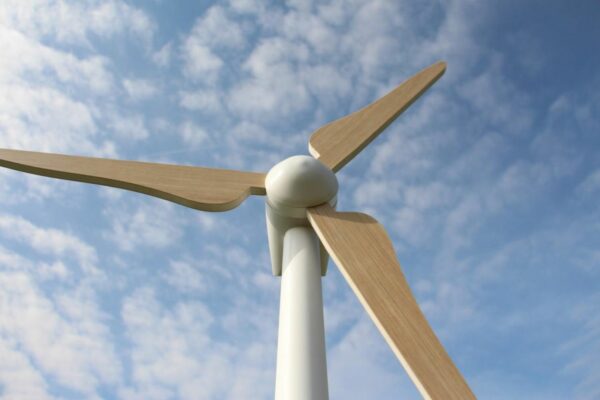Tiny Triboelectric Nanogenerator Harvests Wind Energy Made From Walking Breeze!
The world has been trying to harvest renewable energy for a while now. Solar energy and wind energy have become great reliable sources in order to reduce emissions generated by the combustion of fossil fuels. Recently, researchers from the Chinese Academy of Sciences have developed a tiny device to harvest wind energy from the breeze that is made from walking.

Scientists have developed a triboelectric nanogenerator to harvest wind energy | Image: Chinese Academy of Sciences
The revolutionary triboelectric nanogenerator ingeniously makes use of an energy source that otherwise would go to waste. According to the team, the device is low cost and efficient enough to power small sensors and LEDs. The research was published in the journal Cell Reports Physical Science.
Our intention isn’t to replace existing wind power generation technology. Our goal is to solve the issues that the traditional wind turbines can’t solve. Unlike wind turbines that use coils and magnets, where the costs are fixed, we can pick and choose low-cost materials for our device. Our device can also be safely applied to nature reserves or cities because it doesn’t have the rotating structures.
Said Ya Yang, senior author of the study.
Though working with wind, this device is not exactly a turbine. This generator gathers energy through a similar mechanism of producing static electricity, namely the triboelectric effect. This phenomenon occurs when a material becomes electrically charged after it is separated from another material. The active component in the device is two strips of plastic in a tube. When air flows through the tube, the strips flap about and collide together to capture and store the energy.
The team says that this triboelectric nanogenerator works in winds as gentle as 3.6 mph and can even work flawlessly when attached to a person’s arm. It works best at wind speeds between 8.9and 17.9mph, making it suitable to be used on a bike as well. The device has a wind-to-energy conversion efficiency of 3.23 percent, which is higher than other devices that harvest energy from wind.

Image: The Conversation
The new nanogenerator would be appropriate for smaller devices. The enhanced version can generate a voltage of 175 V, a current of 43 μA and a power of 2.5 mW, which is adequate to power small temperature sensors or an array of 100 LEDs.
This new invention could revolutionize the energy industry and become a contributing factor in reducing carbon emissions.


